WILD
FIRE
WILD
FIRE
On the Front Lines
with Station 8
HEATHER HANSEN
MOUNTAINEERS BOOKS is the publishing division of The Mountaineers, an organization founded in 1906 and dedicated to the exploration, preservation, and enjoyment of outdoor and wilderness areas.
1001 SW Klickitat Way, Suite 201, Seattle, WA 98134
800-553-4453, www.mountaineersbooks.org
Copyright 2018 by Heather Hansen
All rights reserved. No part of this book may be reproduced or utilized in any form, or by any electronic, mechanical, or other means, without the prior written permission of the publisher.
Printed in the United States of America
Distributed in the United Kingdom by Cordee, www.cordee.co.uk
21 20 19 181 2 3 4 5
Copyeditor: Ellen Wheat
Cover and book design: Jen Grable
Cover photograph: Adventure_Photo/iStock
All photographs on endsheets Dave Zader
Osborne Fire Finder image on page 40, Helen Dowe image on page 100, and smokejumpers image on page 134 courtesy of the Forest History Society, Durham, NC.
Smokey Bear image on page 164 used with permission of the USDA Forest Service
Endsheet photographs: Front section, page i, clockwise: A Roosevelt Hotshot scanning for spot fires during the 2012 Hewlett Gulch Fire in Colorado; Wildland fire trainees at Heil Valley Ranch in Boulder; Rain moving into an area burned in Boulders 2010 Fourmile Canyon Fire; Ground crews direct a UH-60 Blackhawk toting a 420-gallon water bucket over tricky terrain during a training exercise in Colorados Pike National Forest. Page ii, clockwise: Mop-up operations in Boulder Canyon during the 2011 Castle Rock Fire where firefighters worked in pairs combining soil and water to extinguish hot spots; Members of the City of Boulder Wildland Division and the Boulder County Sheriffs Office manage a prescribed burn on open space; Station 8s Matt Hise supervising firing operations during a prescribed burn at Boulder Heil Valley Ranch. Page iii: Sky Mignery, fire management specialist with the Boulder County Sheriffs Office, surveys the high intensity impacts of Boulders 2010 Fourmile Fire.
Back section, page i: Firefighters watch the edge of a prescribed fire at Boulder Countys Betasso Preserve; Tom Kelsea acts as the holding boss, monitoring the perimeter of a 2016 prescribed burn in Boulder. Page ii: A Boulder firefighter watches a containment line for spotting and creeping fire. Page iii, clockwise: Station 8s Matt Hise at a training exercise, testing technology that enhances situational awareness; Firefighters work to reintroduce fire to open space in Boulder; A crew stops to treat a hotspot during the mop-up phase of the Antelope Fire near Boulder; A Type 1 helicopter drops roughly 2,600 gallons of water during a back-firing operation being done by Arizonas Prescott Interagency Hotshots on the Lime Fire in California.
Library of Congress Cataloging-in-Publication data is on file
 Printed on recycled paper
Printed on recycled paper
ISBN (hardcover): 978-1-68051-071-3
ISBN (ebook): 978-1-68051-072-0
To Ellen Baukney, my mother
There is but little of all the vast forest area of this country which does not bear, either in actual scars and charcoal or in the manner of composition of its growth, the marks of fire.
Gifford Pinchot, National Geographic, 1899
What we do well is grit.
Matt Hise, City of Boulder Wildland Fire Division, 2016
CONTENTS
AUTHORS NOTE
I spent the better part of two years immersed in wildland fire science, history, and ecology. I was fortunate to spend much of that time in the company of the remarkable crew of wildland firefighters based at Station 8, City of Boulder Wildland Fire Division. To best convey the scope of what I learned and experienced, I have structured this book in the following way:
Part One offers a glimpse into the daily lives and challenges of this group of elite wildland firefighters. It also delves into more than a century of wildfire science and response. I address these topics both through the work of the Station 8 crew and other experts from around the country.
Part Two follows the story of an actual fire the Station 8 crew faced, day by day, uninterrupted. My hope is to give readers insight into the on-the-ground crews perspective, while building on the basic dynamics of wildfire, and the response to it, laid out in Part One.
PROLOGUE
When I explored Colorado for the first time as an adult, I knew I was home. It wasnt long after the World Trade Center disaster and, in addition to having known two people who died then, Id spent months as a journalist interviewing spouses and children of those lost in the towers. Grief pressed in on me and, like many people, I was looking for a new start, an escape into a different landscape. I moved to Boulder, Colorado, in July 2002.
Behind my Honda Civic I hauled a small, overstuffed trailer (though sometimes it felt like it was pulling me), climbing slowly to over a mile in elevation. Traveling west along Colorado Route 36 with the memories and flatlands and lazy rivers behind me, I reached the top of Davidson Mesa, just a few miles from Boulder. Its here that the foothills of the Rocky Mountains are first visible.
Even fifteen years later, the view still stuns me. The mesa gives way to a bowl, in which Boulder sits like a glimmering, fairytale kingdom. Behind it, the dramatic slabs of uplifted sedimentary rock known as the Flatirons create a postcard backdrop. Farther beyond, the snow-clad peaks of the Rockies hint at wildness, untamed rivers, and places to think. Now, as then, I find solace in being up high with room to breathe.
Paradoxically, the air on the day of my arrival looked thick and gray. I wasnt aware of it at the time, but wildfires were popping up all over the state, hundreds of homes were being destroyed, thousands of people were being evacuated, and just as many firefighters were marching in to try to control it all. Coming from the East but having lived in California for a while, I had wildfire on my radar. Id known someone whose house burned down in the 1991 East Bay Hills Fire that killed twenty-five people and destroyed over 3,000 structures. At the time, that blaze was anomalous in how deadly and destructive it was, but I knew California was where wildfires happened. Id never heard much about fire in Colorado or in other parts of the West until I was seeing it, smelling it.
The year 2002 was shaping up to be a devastating one in the West, solidifying the age of the so-called megafire, a new normal of seemingly unstoppable blazes. A month before I landed in Boulder, the Hayman Fire had burned nearly 140,000 acres a few hours south of Boulder and killed six people, including five firefighters. And just a couple of days before my arrival, another deadly fire had flared up northwest of the city, near Estes Park, killing three people. After flying over the burn areas, Colorado governor Bill Owen told reporters, It looks as if all of Colorado is burning today. He said the smoke and ash blanketing the Front Range looked like a nuclear winter.

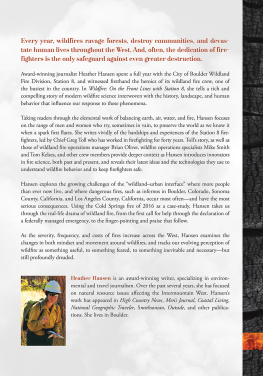


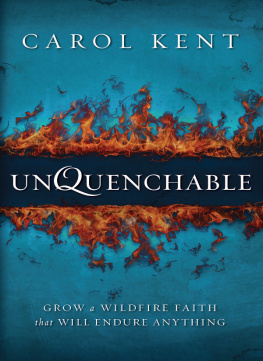
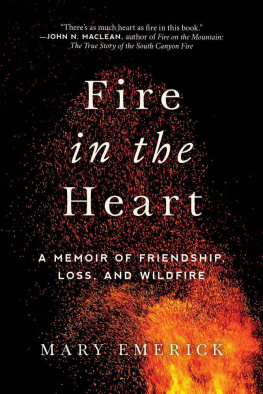
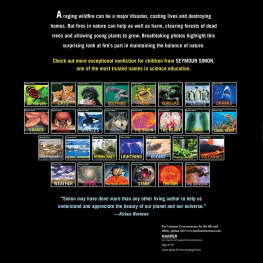


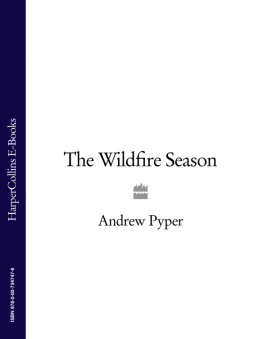






 Printed on recycled paper
Printed on recycled paper